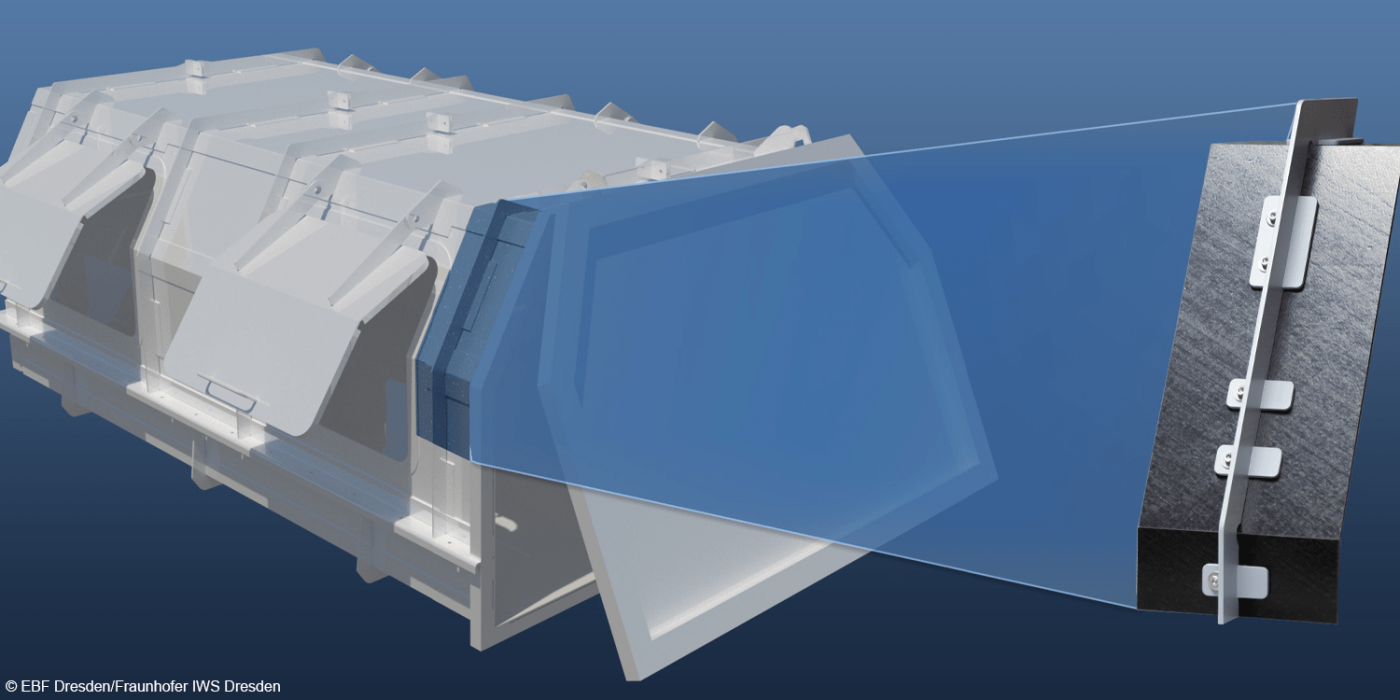Fraunhofer takes a new look at electric refuse vehicle chassis
The UTILITAS project addresses a weak point of electric waste vehicles: since they have heavy batteries or fuel cells on board, they can usually transport less waste than conventional refuse collection vehicles. A special collection container is intended to remedy this.
UTILITAS stands for “Ultralight structures for commercial vehicles in municipal service operations”. The idea behind the project is to design collection containers that are around a third lighter than conventional steel bodies: “This new generation of electric vehicles would then be able to transport as much waste per load as a classic small waste truck,” says Annett Klotzbach, who heads the Bonding and Fiber Composite Technology group at Fraunhofer IWS Dresden. Involved in the project are the Fraunhofer IWS Dresden, the Chair for Structural Lightweight Design and Plastics Processing at Chemnitz University of Technology, Marko Pfaff & Co. Spezialfahrzeugbau GmbH, Car systems Scheil GmbH & Co. KG, the PROFIL Verbindungstechnik GmbH & Co. KG and the EBF Dresden GmbH.
In concrete terms, the six partners want to create lightweight collection containers made of light metals and fiber composite plastics and, in parallel, the appropriate practical production technologies. The developers emphasize that it is important that the new bodies can also be built profitably in small series and quickly repaired in local workshops. For the new types of containers, the team relies on a construction of aluminum frames and fiberglass-reinforced thermoplastic panels.
The first container prototypes are expected to be ready in early 2021. “We expect the first waste collection vehicles to be on the road within two years,” says Klotzbach. The project participants see mainly municipal companies as potential customers.





0 Comments